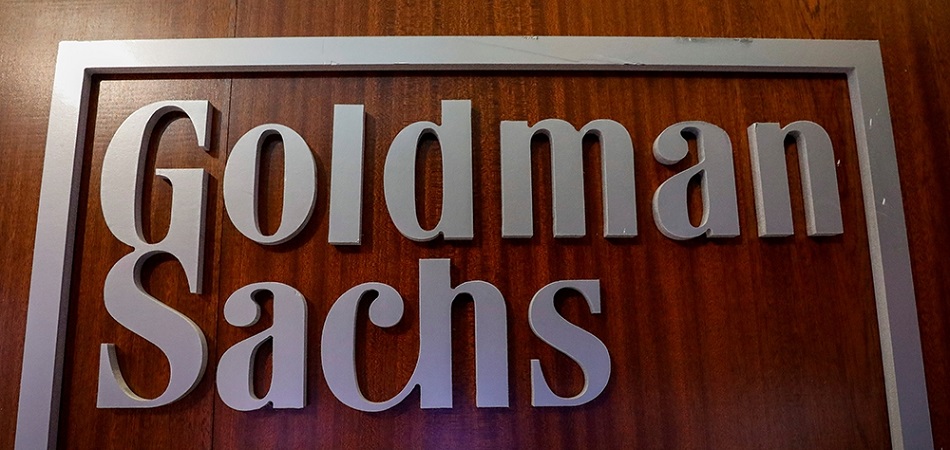AI for Fraud Detection in Retail – 2 Powerful Use Cases
Leading retailers – like Walmart, Stop & Shop, and Home Depot – are enhancing their payment and fraud detection systems, using artificial…
•


Niccolo is a content writer and Junior Analyst at Emerj, developing both web content and helping with quantitative research. He holds a bachelor's degree in Writing, Literature, and Publishing from Emerson College.
Leading retailers – like Walmart, Stop & Shop, and Home Depot – are enhancing their payment and fraud detection systems, using artificial…
•

Barclays is a UK bank ranked 20th on S&P Global’s list of the top 100 banks. Like other top banks, Barclays has…
•

UBS is a Swiss multinational investment banking and financial services company ranked 30th on S&P Global’s list of the top 100…
•

Morgan Stanley is a US financial institution known mostly for its financial advisory services. According to our AI Opportunity Landscape research…
•

Progressive is one of the largest auto insurers in the US. The company has been experimenting with AI since the middle…
•

The top 100 global banks, including Goldman Sachs, are beginning to take AI strategies very seriously. Most banks are focusing their…
•

The retail industry collects massive amounts of data every day, and this makes its key processes ripe for automation with machine…
•
